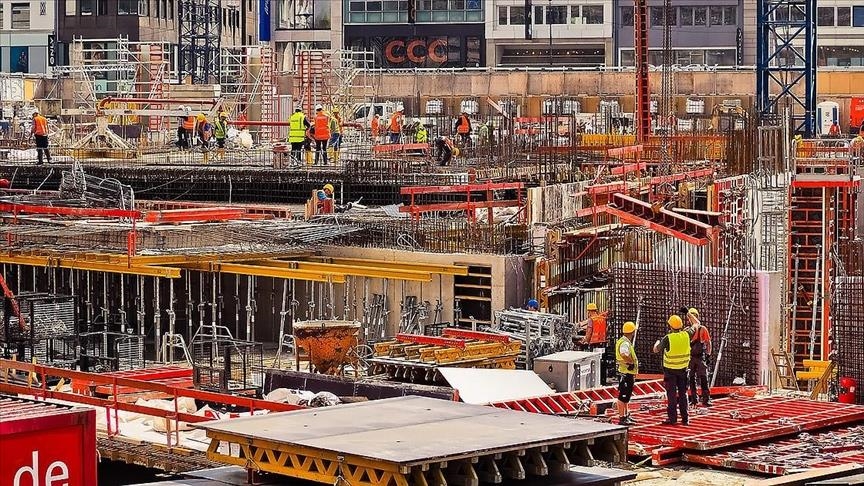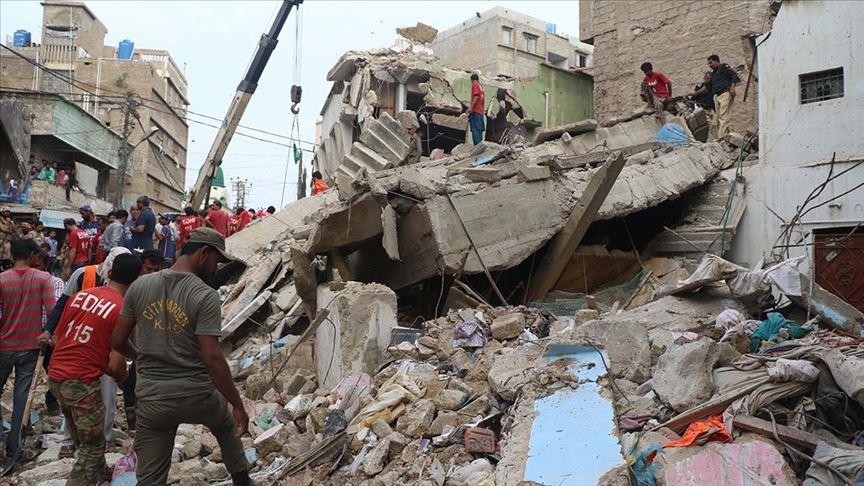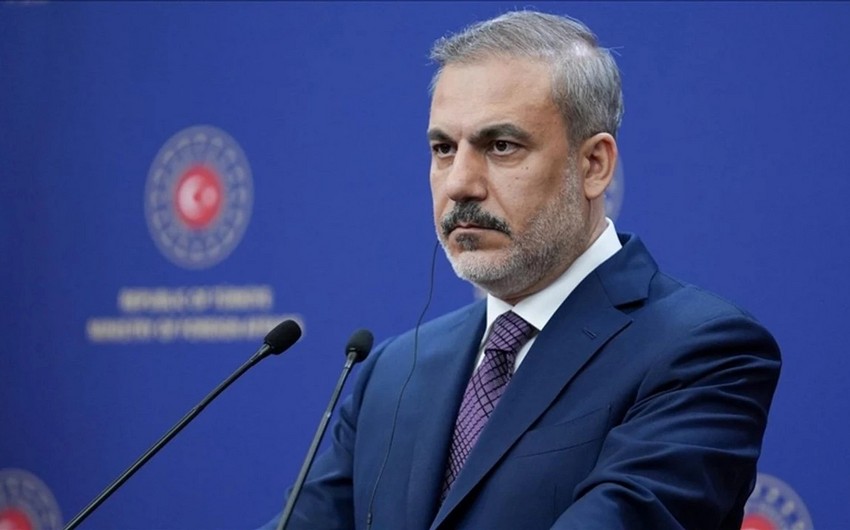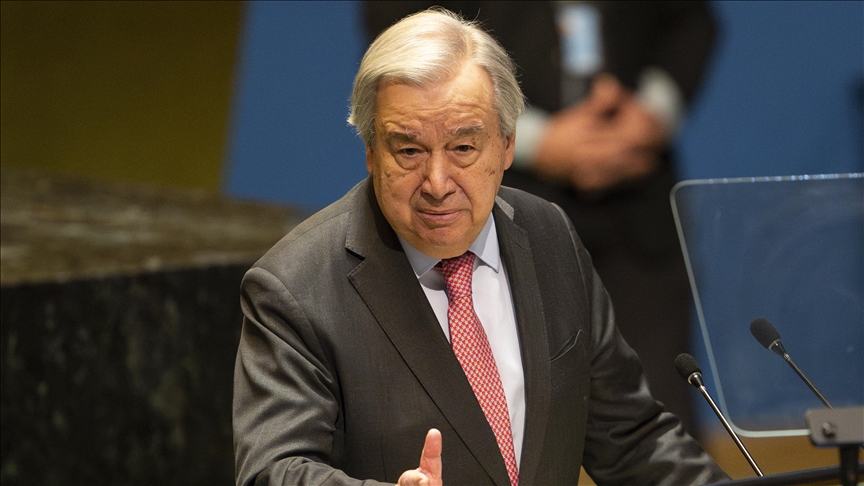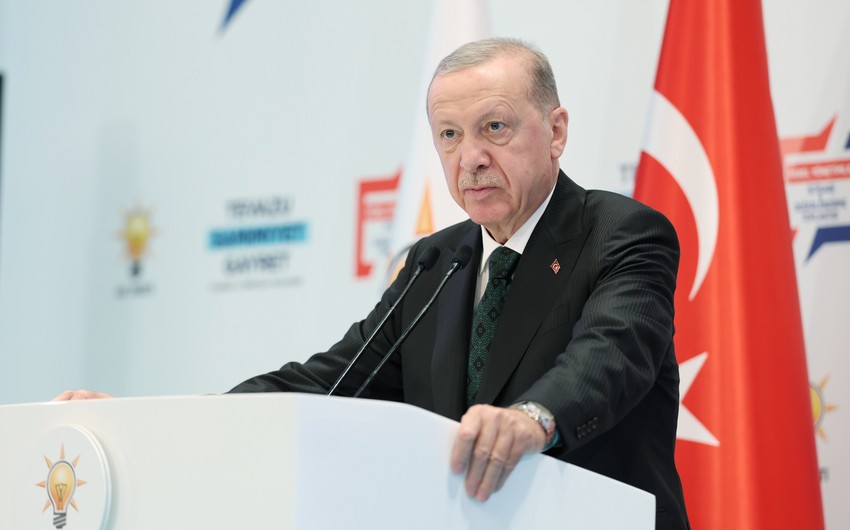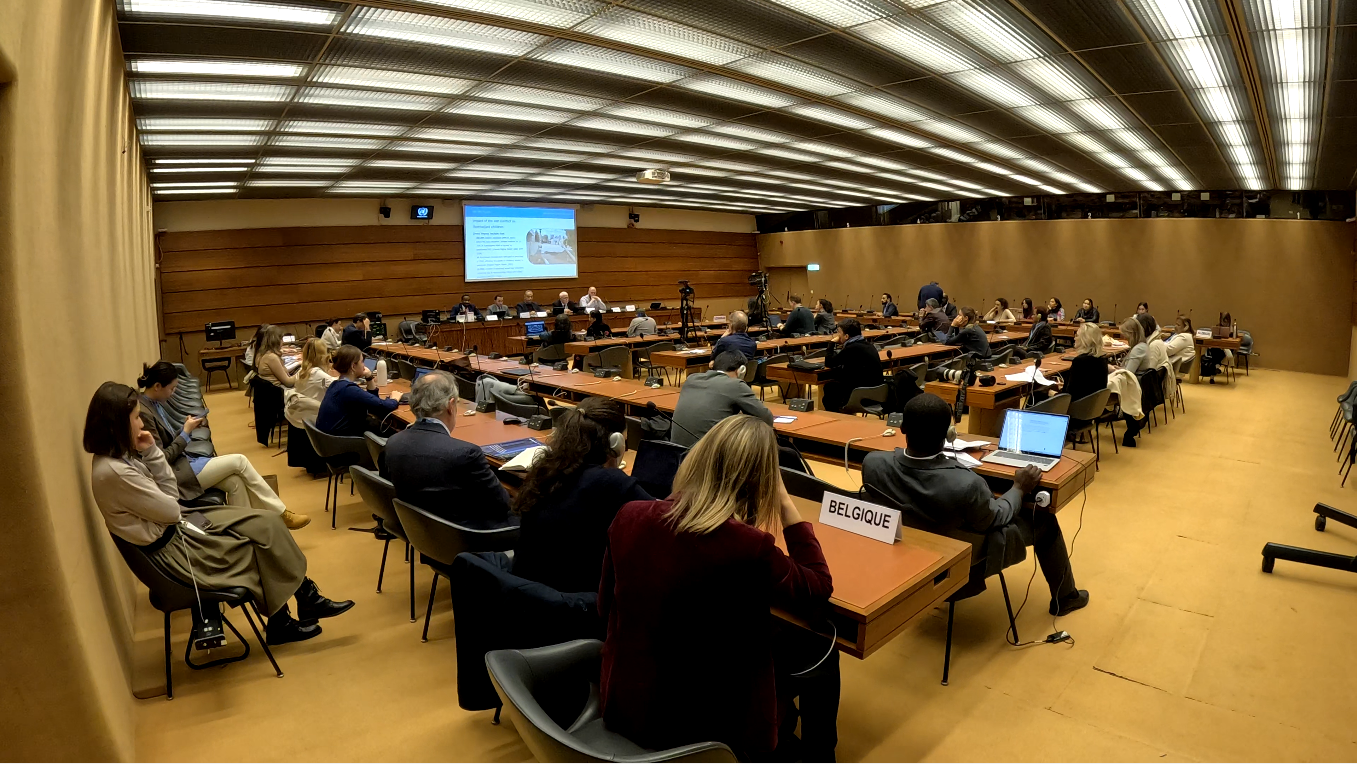The Turkish construction sector undertook international projects totaling $6.2 billion in the first six months of 2025, according to data from the Trade Ministry, ranking among the top 10 countries in annual global construction revenue.
Turkish constructors took on 93 international projects from January to the end of June, with an average project value of $66.5 million.
The Trade Ministry data showed that the construction sector carried out 386 international projects in 2020, worth $17.2 billion, followed by 459 projects with $31.79 billion in 2021, 512 projects with $20.1 billion in 2022, 445 projects with $28.6 billion in 2023 and 378 projects with $31.2 billion in 2024, at the height of the Russia–Ukraine War.
The average value of international construction projects was $69.3 million in 2021, $39.2 million in 2022, $64.2 million in 2023 and $82.7 million in 2024.
To date, Turkish constructors’ projects abroad have hit 12,627 at $543.6 billion in 137 countries since 1972.
The Turkish construction sector is most active in the Commonwealth of Independent States (CIS), the Middle East and Africa.
The CIS accounted for 43.2% of the Turkish construction business’ international projects with $235 billion, followed by the Middle East with 25.5% at $138.5 billion and Africa with 17.9% at $97 billion.
The Turkish construction sector’s projects in Europe totaled $53.8 billion in value to date, while projects in the Asia-Pacific reached $14.4 billion and projects in the Americas totaled $4.6 billion.
Turkish constructors’ international projects were mostly in Russia, where the total project value reached $103.1 billion to date, followed by Turkmenistan with $54.2 billion, Iraq with $36.6 billion, Saudi Arabia with $33.4 billion, Libya with $31.4 billion, Kazakhstan with $29.6 billion, Algeria with $23.2 billion, Azerbaijan with $20.8 billion, Qatar with $20.3 billion and the United Arab Emirates with $18.8 billion.
To date, road, tunnel and bridge projects accounted for 14.1% of the Turkish construction sector’s international projects, while residential projects made up 13.4%, power plants stood for 8.5%, railway projects 7.1%, and commercial center projects 6.8%.

